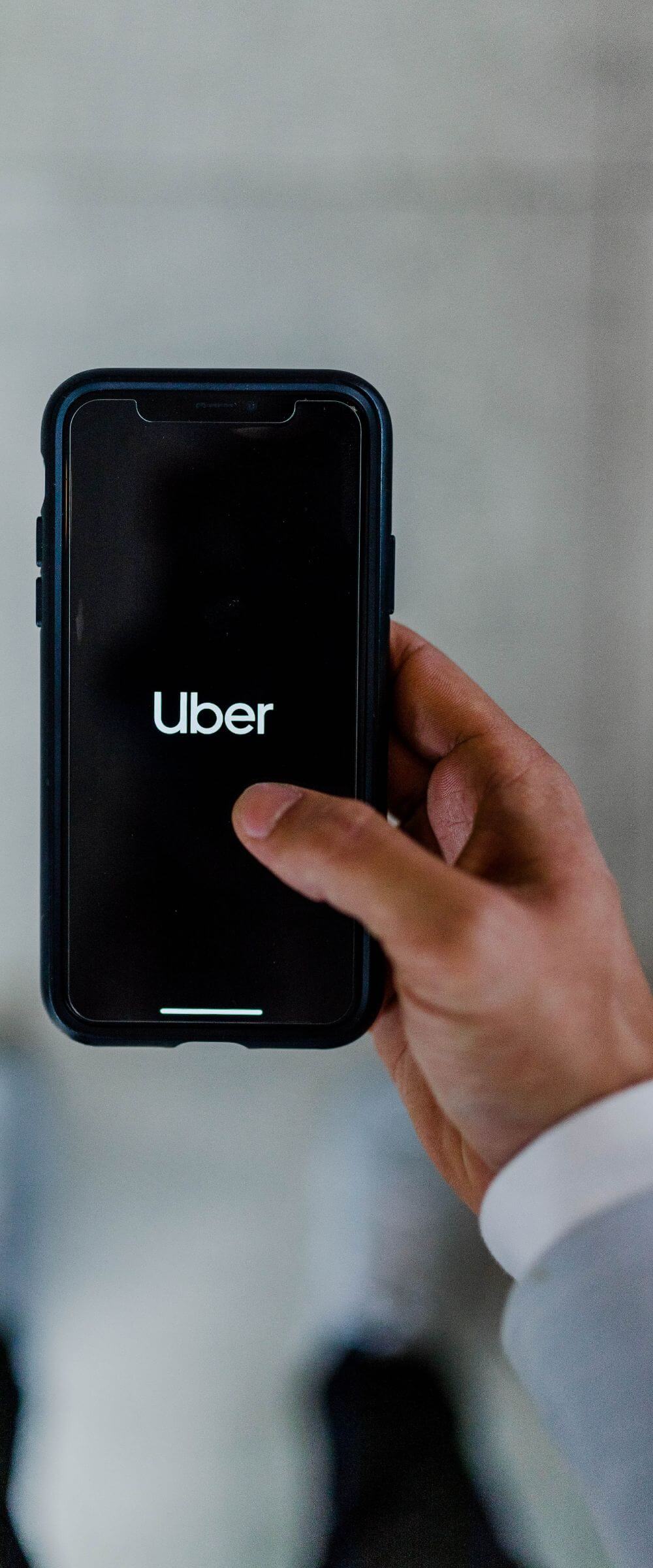The much-anticipated Supreme Court ruling on Uber’s employment status case has been published, with judgement falling in favour of the drivers. The full judgement is available at https://www.supremecourt.uk/cases/docs/uksc-2019-0029-judgment.pdf.
The Supreme Court’s ruling upholds that of the lower courts’ as it unanimously dismissed Uber’s appeal. The appeal concerned the employment status of private hire vehicle (PHV) drivers who provide their services through the Uber smartphone application (the Uber app).
The main question raised was whether an Uber driver is a “worker” for the purposes of employment legislation which gives “workers” rights to be paid at least the national minimum wage (NMW), to receive annual paid leave and to benefit from certain other protections.
The Supreme Court highlighted that the definition of a “worker” in section 230(3) of the Employment Rights Act 1996 and other relevant legislation includes anyone employed under a contract of employment but also extends to some individuals who are self-employed.
In particular, it said, the definition includes an individual who works under a contract “whereby the individual undertakes to do or perform personally any work or services for another party to the contract whose status is not by virtue of the contract that of a client or customer of any profession or business undertaking carried on by the individual”.
Looking back over the history of the case, the employment tribunal found that the two drivers involved satisfied this test and worked under worker’s contracts for Uber London.
The Employment Appeal Tribunal (EAT) and the Court of Appeal (by a majority) dismissed Uber’s appeals.
Five key points
The Supreme Court judgment emphasises five aspects of the findings made by the employment tribunal which justified its conclusion that the claimants were working for and under contracts with Uber. These are:
- Where a ride is booked through the Uber app, it is Uber that sets the fare and drivers are not permitted to charge more than the fare calculated by the Uber app. It is therefore Uber which dictates how much drivers are paid for the work they do.
- The contract terms on which drivers perform their services are imposed by Uber and drivers have no say in them.
- Once a driver has logged onto the Uber app, the driver’s choice about whether to accept requests for rides is constrained by the company (it can, for example, impose what amounts to a penalty if too many trip requests are declined or cancelled by automatically logging the driver off the Uber app for 10minutes).
- Uber also exercises significant control over the way in which drivers deliver their services including by the use of a ratings system whereby passengers are asked to rate the driver after each trip. Any driver who fails to maintain a required average rating will receive a series of warnings and may have their relationship with Uber terminated.
- Uber restricts communications between passenger and driver to the minimum necessary to perform the particular trip and takes active steps to prevent drivers from establishing any relationship with a passenger capable of extending beyond an individual ride.
Implications for Uber
Law firm Leigh Day, which has been acting for a number of Uber drivers, has said that tens of thousands of drivers can now claim the right to be classed as workers.
It said that the case will now return to the Employment Tribunal which will decide on the level of compensation to which drivers are entitled.
Leigh Day, which represents more than 2000 clients, believes they could be entitled to an average of £12,000 each. It also represents clients from Addison Lee and Stuart in similar workers’ rights claims which it believes are likely to be impacted by this judgment.
Nigel Mackay, a partner in the employment team at Leigh Day, said: “Uber has consistently suggested that the rulings only affect two drivers, but Leigh Day will be claiming compensation on behalf of the thousands of drivers who have joined its claim.”

